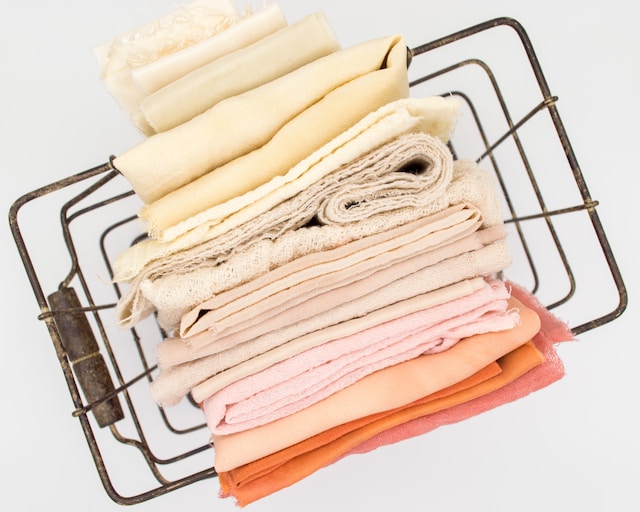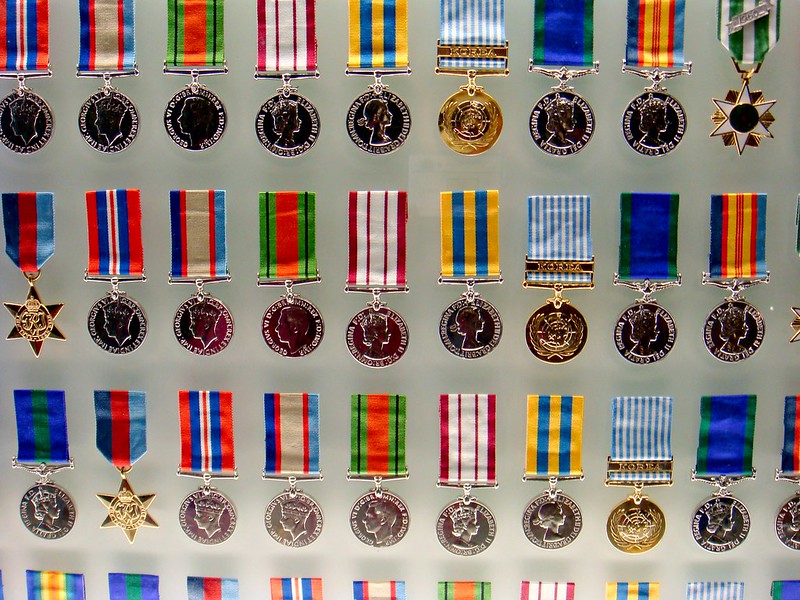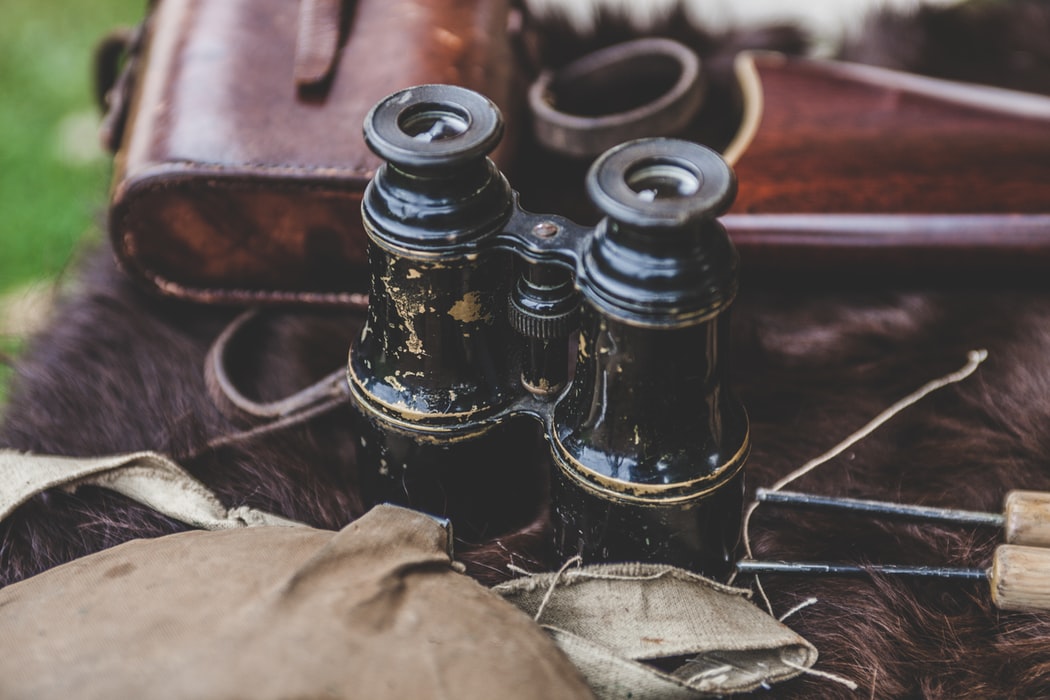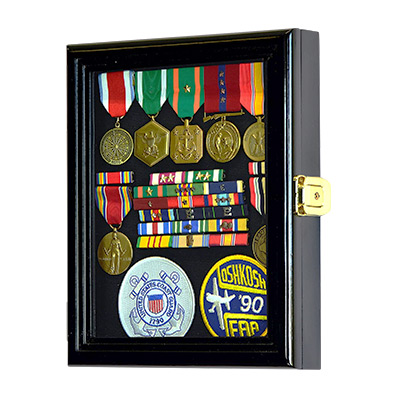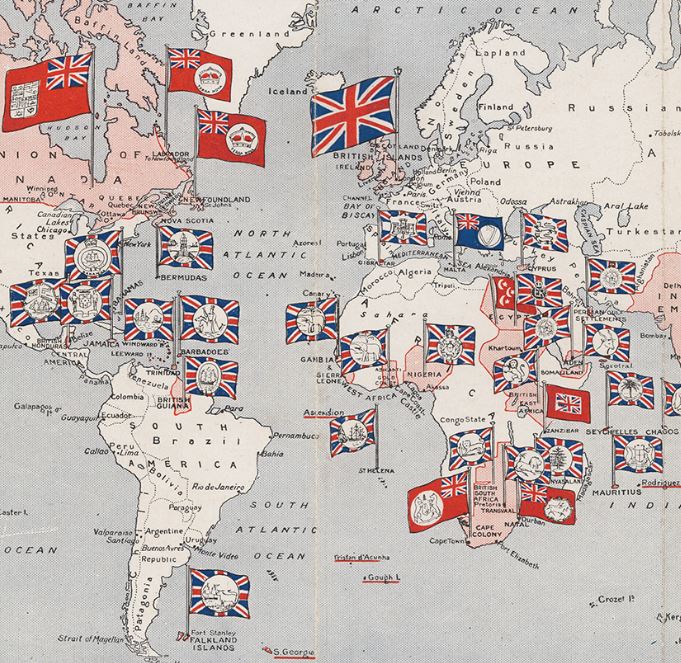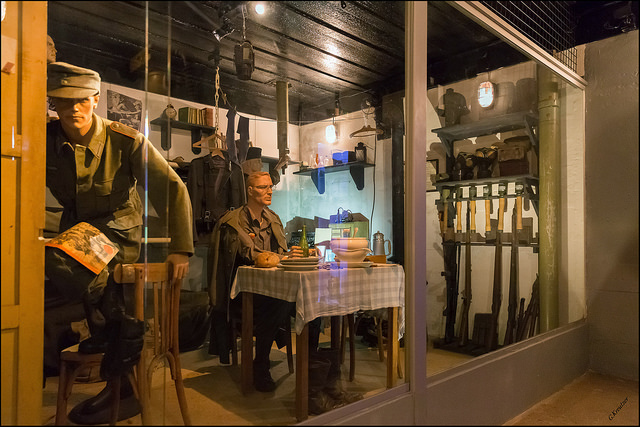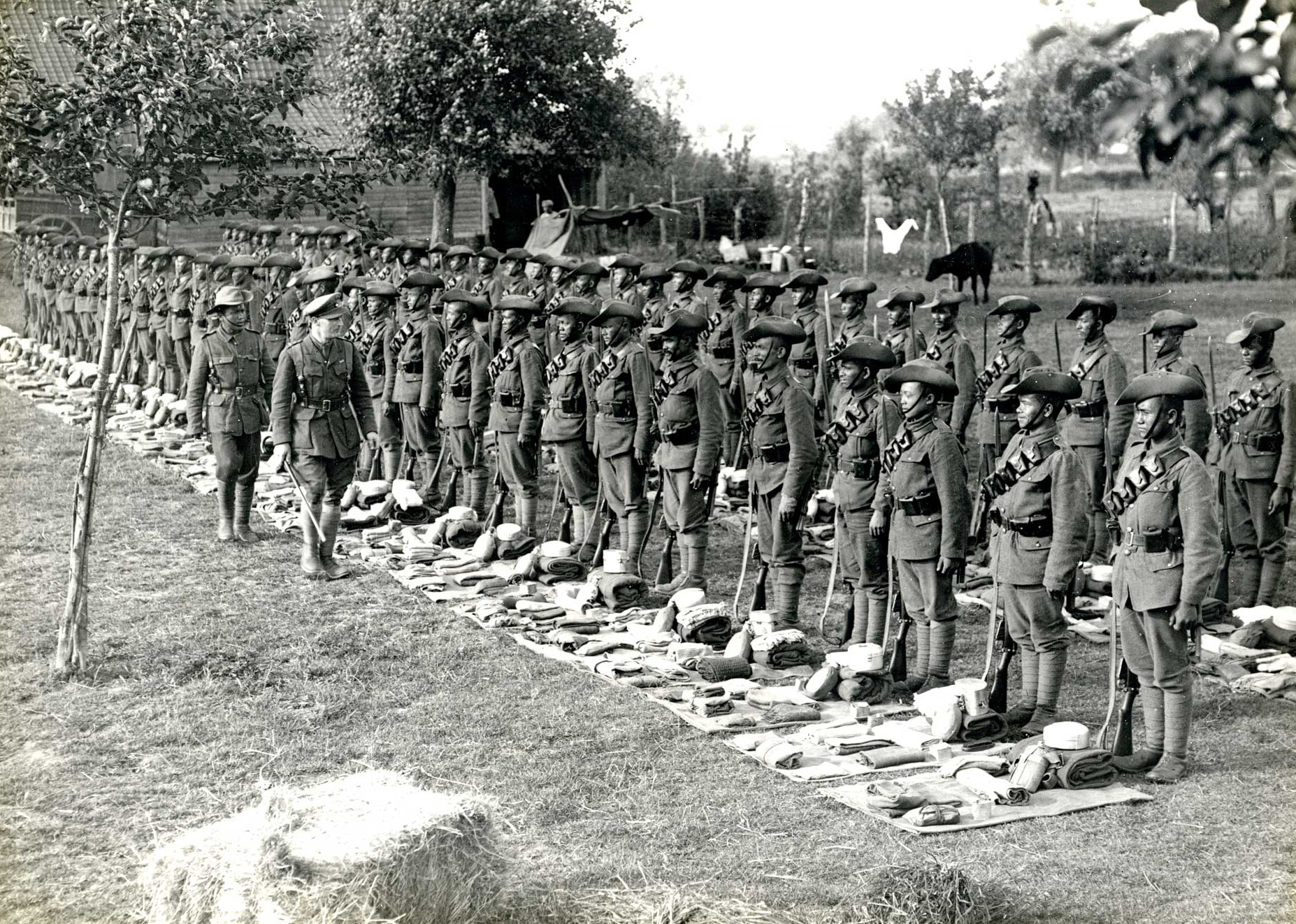Maintenance and cleaning are essential aspects of caring for your medals and ensuring they remain in pristine condition for years to come. However, it’s crucial to approach these tasks with caution and a gentle touch to avoid inadvertently causing damage.
This article hopes to provide you with a detailed guide on how to clean and maintain your medals without harming them, including which supplies to use, the different cleaning steps, and how to store and display the results. With proper care and attention, your medals will not only retain their intrinsic value but also continue to tell their remarkable stories for years on end.
Step 1: Gather Your Medal Cleaning Supplies
Gathering your cleaning supplies is a pivotal initial step in the process of maintaining and preserving the condition of your medals because it ensures that you are well-prepared to undertake this crucial task with care and precision.
So, let’s quickly go through the main elements and what they entail.
Soft Cloth or Microfiber Towel
Selecting the right cloth is paramount. A soft cloth or microfiber towel is essential because it won’t scratch or harm the medal’s surface during cleaning. This cloth acts as the primary tool for removing dust and loose particles from the medal. It’s the first line of defense against potential abrasions.
Mild Cleaning Solution
The choice of cleaning solution is critical. Opt for a mild, pH-neutral dish soap to ensure that it effectively cleans without causing any damage or chemical reactions with the medal’s surface. The mild cleaning solution serves as the agent that loosens and dissolves dirt, grime, or tarnish on the medal, making it easier to clean without harsh scrubbing.
Soft Bristle Brush
A soft bristle brush, such as a soft toothbrush, is valuable for cleaning medals with intricate details or hard-to-reach areas that may be difficult to address with a cloth alone. The soft bristle brush allows for more precise and delicate cleaning, especially in crevices, around edges, or on textured surfaces of the medal.
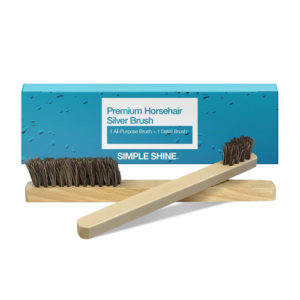
Horsehair Silver Brush Set for Detail Polish Work
Introducing the Horsehair Silver Brush Set – your finest companion for medal care and maintenance.
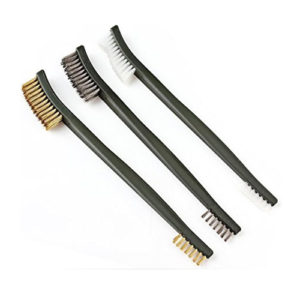
Mini Wire Brush Set and Rust Paint Metal Cleaner
Experience the power and versatility of the OriGlam 3pcs Mini Wire Brush Set, specially crafted to handle tough cleaning tasks with ease.
Cotton Swabs
Cotton swabs are handy for cleaning tiny, delicate areas and reaching tight spots that may be inaccessible with a cloth or brush. They provide precision and gentleness, ensuring that you can clean even the smallest and most intricate parts of the medal without the risk of causing damage.
Distilled Water
Using distilled water is advisable, especially if you’re concerned about mineral deposits present in tap water, which can leave residue on the medal’s surface. Distilled water is used for rinsing the medal after cleaning, ensuring that no soap residue remains and that the water itself won’t introduce any impurities or contaminants.
Step 2: Clean Your Medals
The next step is the pivotal phase where you begin the actual process of caring for your medals. It typically involves a series of carefully executed actions to ensure that your medals are cleaned effectively and with utmost care, preserving their historical significance, aesthetic beauty, and structural integrity.
Here’s a more detailed exploration of each aspect of this essential step.
Assess the Medal's Condition
Before you start cleaning, take a moment to examine the medal closely. Assess its condition to determine the extent of cleaning required and identify any specific areas of concern. This initial assessment helps you tailor your cleaning approach to the medal’s unique needs. It ensures that you don’t overclean or inadvertently damage delicate features.
Dust Removal
The first action in cleaning your medal is removing loose dust and particles. Dust can contain abrasive substances that may scratch the medal’s surface during the cleaning process. Gently dusting the medal with a soft cloth or microfiber towel eliminates surface debris, creating a clean canvas for the subsequent cleaning steps.
Prepare the Cleaning Solution
The choice of cleaning solution is pivotal in ensuring that the cleaning process is effective without causing harm. A mild, pH-neutral dish soap mixed with warm water is typically safe for most medals. The cleaning solution serves as the active agent that loosens and dissolves dirt, tarnish, and contaminants from the medal’s surface, making them easier to remove without causing damage. In some cases, you can also consider using a mild silver cleaning foam (see below).
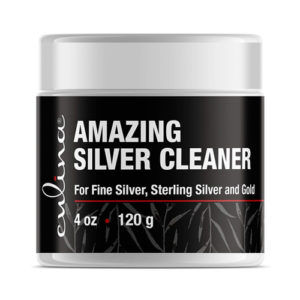
American Silver Cleaning Foam for Silver Polish
Discover the brilliance of the Silver Cleaning Foam, meticulously formulated to rejuvenate your silver items.
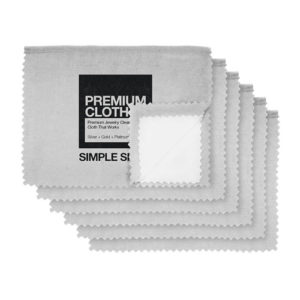
Set of 3 Premium Polishing Cleaning Cloths
Specifically designed for silver, gold, and platinum, these cloths are the ultimate polishing solution.
Spot Test
Conducting a spot test is a precautionary measure to ensure that the cleaning solution you’ve prepared does not negatively impact the medal’s finish or patina. By applying a small amount of the cleaning solution to an inconspicuous area, you can gauge its compatibility with the medal’s material and surface. This helps prevent any unintended consequences.
Soak and Clean
Soaking the medal briefly in the cleaning solution can help loosen stubborn grime or tarnish, making it easier to clean. Gently clean the medal’s surface with the soft cloth, brush, or cotton swabs, using the cleaning solution. Avoid abrasive scrubbing, as it can harm the finish or patina. Instead, employ gentle, circular motions to clean the medal thoroughly.
Rinse
Rinsing the medal with clean, distilled water is crucial to remove any remaining cleaning solution, preventing soap residue from affecting the medal’s surface. Ensure that you rinse the medal completely, removing all traces of the cleaning solution. This step is essential for preventing future corrosion or discoloration due to residual chemicals.
Dry Carefully
Proper drying is the final step to prevent water spots or mineral deposits from forming on the medal’s surface. Use a soft, absorbent cloth to gently pat the medal dry, ensuring there is no moisture left behind. Avoid rubbing, as it can cause friction and potential damage.
Step 3: Store and Display Your Medals
Storing and displaying is the final phase in your journey of caring for your medals, where you focus on preserving the medals’ condition and ensuring they remain a source of pride and inspiration.
This step involves selecting appropriate storage and display methods that shield your medals from harm, whether it be dust, moisture, or physical damage, while still allowing you to showcase their beauty and historical significance.
Choose the Right Storage Containers
Selecting the right storage containers is paramount to protect your medals from environmental threats like dust, moisture, and oxidation. Ensure that your chosen containers, such as coin capsules, acid-free folders, or airtight boxes, provide a secure and protective environment for your medals. These containers act as the first line of defense against potential damage.
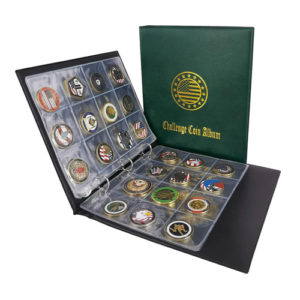
Challenge Coin/Medal Display Album With 120 Pockets
Whether you’re a proud military member, veteran, or an avid collector, this album is your ultimate choice for showcasing your keepsakes.

Banknote, Coin & Medal Album with 15 Pockets
Whether you’re a seasoned collector or just getting started, this album will become an indispensable tool for your items.
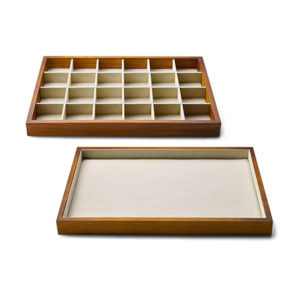
Flat Stackable Tray Drawer Organizer
This flat stackable tray drawer organizer is available in 2 colors: creamy-white and grey.
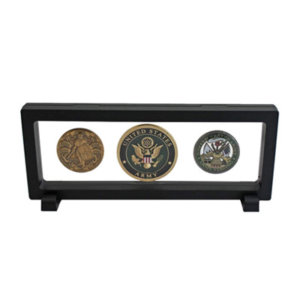
3D Floating Display Case for Multiple Medals
Each 3D floating plastic frame display stand with rectangle shape transparent presentation window is supported by the two bases.
Consider Anti-Tarnish Measures
Anti-tarnish materials, such as anti-tarnish strips or pouches, are valuable additions to your storage containers. They neutralize tarnish-causing agents, adding an extra layer of protection. Anti-tarnish measures help prevent tarnishing and discoloration over time, preserving the medals’ original luster and appeal.
Organize and Label
Efficient organization ensures that you can easily locate and access your medals when needed. Labeling can provide context and historical information. Organize your medals in a logical order, perhaps by theme, date, or significance. Labeling containers or folders with details about each medal enhances their historical and personal value.
Protect from Light and UV Radiation
Direct sunlight and UV radiation can cause fading and deterioration of medals over time. When displaying your medals, consider using UV-protective display cases or shadow boxes. These shield your medals from harmful light exposure while allowing you to showcase them with pride.
Regular Inspection
Regularly inspect your stored and displayed medals to ensure their condition remains pristine. Inspection helps you detect any signs of damage, tarnishing, or deterioration early on. Prompt attention can prevent further harm and the need for extensive restoration.
Maintain a Controlled Environment
Ensure that the environment in which you store and display your medals is controlled for temperature and humidity. Controlling the environment minimizes the risk of moisture-related damage and corrosion. Consider using humidity control products in your storage areas.
Rotate Displays
Medals displayed for extended periods may be exposed to environmental elements. Regularly rotating your displays can ensure that all medals receive equal care and protection. Rotation helps distribute the potential effects of light and air exposure more evenly among your collection.

